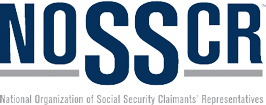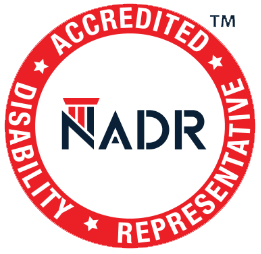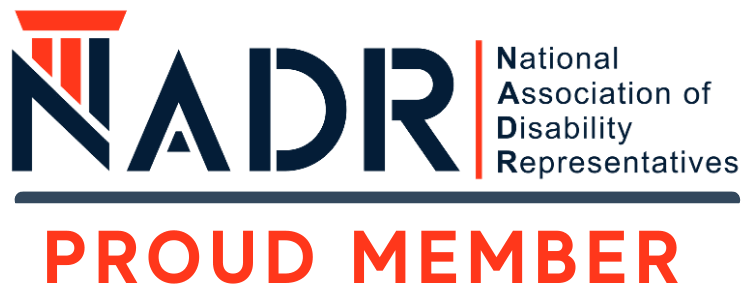Medical-Vocational Allowances: An Alternative Path for Social Security Disability Benefits
Filing for disability benefits can be a difficult process. The Social Security Administration (SSA) has a strict list of criteria that applicants need to meet for their particular medical condition for the claim to be approved.
For example, having a documented heart condition won’t be enough. The SSA needs proof that the condition is significant enough to stop an applicant from working.
An applicant might have such limited vision that they struggle to perform basic tasks. Although there is a standard for blindness to be eligible for disability benefits. These stringent standards leave tens of thousands of Americans who are struggling with disabilities without necessary support through government aid.
The good news is there are options for those who don’t meet the standards of the SSA for disability benefits. A medical-vocational allowance (MVA) offers a more holistic view of the applicant’s situation. It can also be a viable route to receiving much-needed benefits.
How Do Medical-Vocational Allowances Work?
A medical-vocational allowance factors in elements such as age, work history, and condition. Even if an applicant doesn’t meet the SSA’s standards for disability benefits, they may be eligible to qualify for a medical-vocational allowance. This is only if they are unable to continue in their current line of work.
For example, suppose that a manual laborer has permanently hurt discs in their back. And then the SSA says that it is not limiting enough to be eligible for disability benefits. The problem might be too serious for a person to continue doing manual labor. However, because the applicant only has experience in this line of work, it’s unreasonable to assume they could change their career to find a job that’s more suitable for their back. This is especially true if they are 50 years or older and do not have additional educational qualifications.
In this scenario, the applicant can complete a residual functional capacity (RFC) assessment. Based on the results of this assessment, they might be approved for disability services through a medical-vocational allowance. Because there are more grey areas when applying for an MVA, the best course of action is to consult with an expert in disability law.
Who Can Qualify for Medical-Vocational Allowances?
Let’s take a look at how the Social Security Administration treats MVA cases by age:
Under 50
Individuals who are under the age of 50 won’t normally qualify for MVAs. This is because the younger the applicant, the more reasonable it is they can find sedentary work. Even if it means learning a new skill or changing careers. However, some people can still have their application approved. That is if they can prove that their disability interferes with their ability to perform sedentary work. Also, if they face complications from multiple disabilities.
50-59
Many variables are taken into consideration prior to awarding MVAs. To those in their fifties, including educational history, work history, and severity of their disabilities.
60+
Due to the difficulty of learning new skill sets, those who are over the age of 60 are the most likely group to be given an MVA. This is especially true for those whose disabilities only allow them to complete light duties or sedentary work.
Ready to Speak with an Expert About Your Disability?
Disability Support Services is the premier provider of disability law services in Maryland. Our team of experts care deeply about those we represent. We offer expert guidance along every step of the disability claims and appeals process.
We offer free consultations, so clients have everything to gain and nothing to lose. Contact us today to see how we can help you get the benefits you need.



